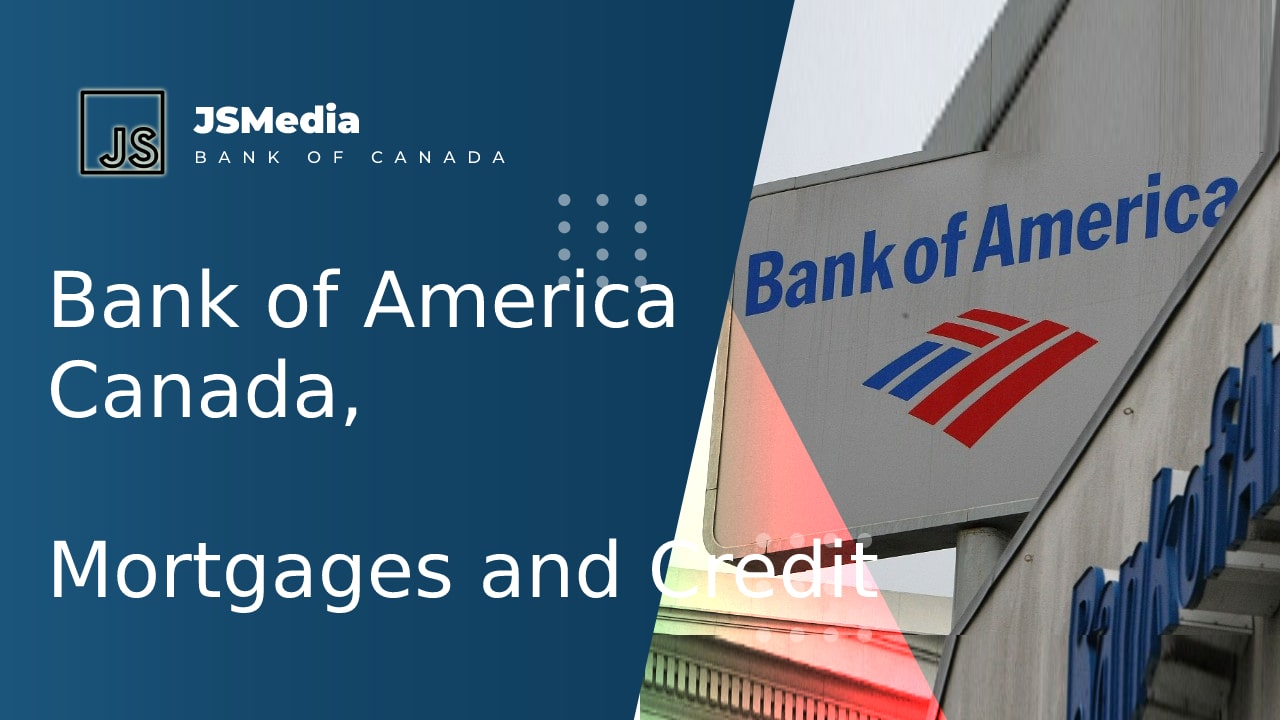JSMedia – BofA Canada Bank is a Canadian financial institution that offers a wide range of financial services to both businesses and individuals. Its products and services include loans, mortgages, pensions, and online banking. The company serves customers throughout the world and offers many options for consumers. Its website is easy to navigate, and its employees are friendly and helpful. However, some people have concerns regarding the accuracy of their information. Fortunately, you can get the answers you need by reading the following information.
This Agreement is governed by federal law. While Canadian Lenders can choose to use the Bank’s website to make transactions, it is important to keep in mind that this site is operated by a separate entity. Its terms and conditions apply to all loans and other financial products offered by the Bank. For this reason, you should consult the Bank’s policy before making any decisions. In addition, it may be advantageous to visit BOFA’s website to find out more about the company’s financial services.
CIBC is a financial institution in Toronto, Ontario. Its investment portfolio consists of direct obligations and fully guaranteed securities of the Government of Canada. Since the Government of Canada has AAA credit rating, these securities have no history of default. SPRAs make up 13 percent of the Bank’s total assets. Using Scotiabank ATMs is an alternative to paying non-BofA fees. Its financial institutions have a number of locations throughout the country.
BofA Canada Bank Loans and Mortgages

The Bank does not charge its customers any fees for their advances, but it does charge fees to make international transactions. These fees vary from country to country, and the Bank uses the Applicable Margin for Eurodollar Rate Loans to set its own fees. The fees may vary depending on your location. If you’re thinking about using a credit card with a credit union, it’s best to seek their advice. If you’re not sure about a particular company, it’s important to check with them first before making a final decision.
A credit risk is the risk of a bank’s exposure to debt and equity investments. The Bank’s credit risk is a result of its investment portfolio and its investments. Its loans are classified into two types: short-term and long-term. Both types of transactions are highly leveraged, and they involve a high level of leverage. In the short-term, however, the Bank will use its reserves to support the growth of its business.
Deposits are the bank’s largest asset. They include unclaimed balances deposited with the Government of Canada and other institutions. In addition, the Bank’s assets are mainly composed of cash and equity. In addition, the Bank has a remittance agreement with several outside service providers. In fact, the Bank also has agreements with payment processors. These companies are obligated to provide services for their clients.
A credit risk is the risk of a financial asset being worth less than its cost. A credit risk is the risk that the assets are not worth the amount you owe. As a result, a bank should not be able to pay more than they owed. While there is some risk in the loan market, it’s unlikely that this would be a major issue for the Bank. By using a high-quality financing company, it is possible to minimize your risks and increase your return on investments.
A credit risk is a risk that the bank can incur. By limiting credit risk, a bank must disclose any debt that it holds. The Bank has a debt-to-equity ratio of 1.85. While a credit risk is not a risk, it is risky. The ratio of capital to liabilities is an important indicator of a company’s risk profile. The credit risk level is measured as the bank’s total assets.
In Canada, the Board of Directors is responsible for oversight of the bank’s operations and the financial reporting of the bank. It has a dedicated Audit and Finance Committee that includes non-bank employees and other financially-literate members. Its financial statements contain detailed information about the Bank’s financial condition and risk factors. Its audited performance is reviewed regularly by independent auditors. A credit risk is a high-risk indicator of a company’s ability to manage its risks.

